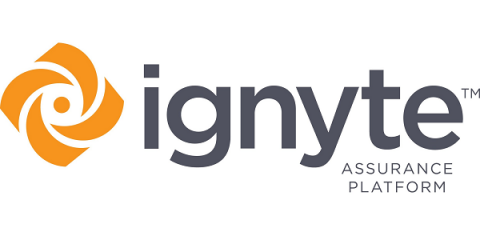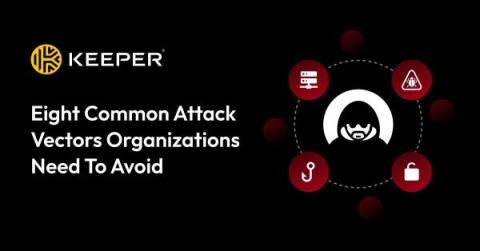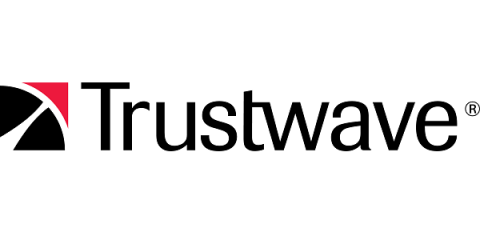What is Internal Revenue Service Publication 1075 (IRS Pub 1075)?
Here at Ignyte, we talk a lot about the most common and popular security certifications and frameworks for cloud service providers and others, FedRAMP, CMMC, and their associated NIST publications. These are very important, but they’re far from everything that can be relevant to a CSP or to businesses looking to maintain their security credentials. Most CSPs have to deal with basic PII, CUI, and other forms of protected information that may be treated broadly the same.











